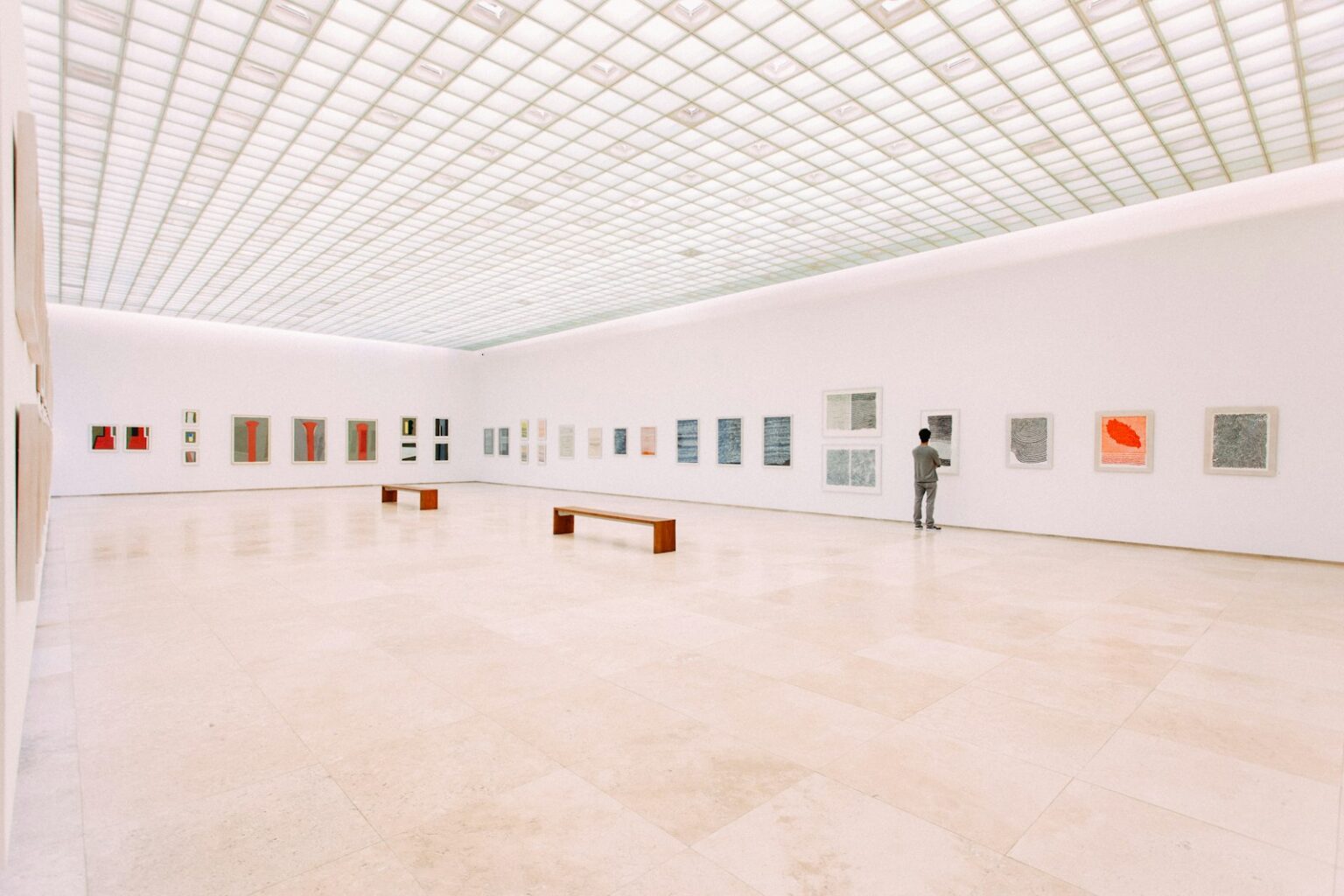Jack Whitten, an African-American artist whose career spanned over half a century, is being honored with a major retrospective at the Museum of Modern Art (MoMA) in New York. The exhibition, titled “Jack Whitten: The Messenger,” showcases around 175 of Whitten’s works, including paintings, sculptures, and prints. Curated by Michelle Kuo, with contributions from Dana Liljegren, Eana Kim, David Sledge, and Kiko Aebi, the retrospective explores Whitten’s unique approach to depicting light in his art.
Influenced by jazz musician John Coltrane, Whitten sought to create “sheets of light” through his paintings, much like Coltrane’s “sheets of sound” in music. Visitors to the exhibition are treated to a dazzling array of Whitten’s works that sparkle and gleam, often accompanied by the sounds of jazz legends like Ornette Coleman and Miles Davis. One standout piece is “9.11.01” (2006), a 20-foot-long painting that incorporates elements from the World Trade Center’s wreckage to symbolize the tragedy of 9/11.
Another notable work is “Black Monolith VIII (For Maya Angelou)” (2015), which honors the iconic poet through an abstract portrayal featuring an oval-shaped mass of black elements encircled by shimmering acrylic chips.
Jack Whitten’s artistic journey
The retrospective begins with Whitten’s early works, revealing his Southern roots and the civil rights struggles that shaped him.
“Birmingham 1964,” a painting from that year, uses a photograph from a newspaper report on a protest in Alabama to pay tribute to Whitten’s father, a coal miner. Born in 1939 in Bessemer, Alabama, Whitten navigated the perils of Jim Crow in his youth before moving to New York City, where he encountered Abstract Expressionism. His work consistently intersected art and social reality, as seen in “Martin Luther King’s Garden” (1968), a tribute to the civil rights leader.
The exhibition also showcases Whitten’s evolution from traditional oil-on-canvas techniques to his breakthrough innovation using the Developer, a tool he created to manipulate thick layers of paint on canvases laid on the ground. “Jack Whitten: The Messenger” serves as a testament to Whitten’s artistic ingenuity and his profound explorations into light, history, and identity. The retrospective brings the artist’s career full circle, highlighting his inclusion in a 1968 MoMA exhibition honoring Martin Luther King Jr.
and his broader contributions to modern art.
Photo by; Antenna on Unsplash













